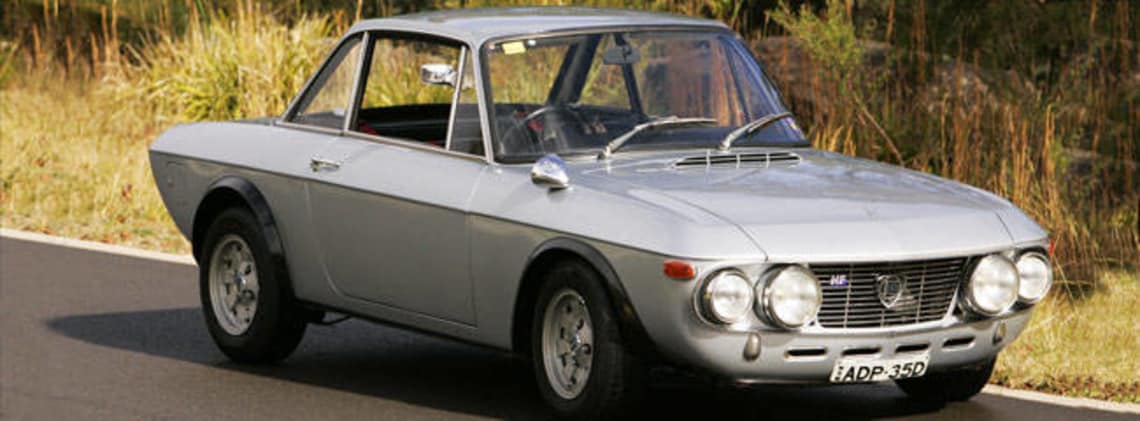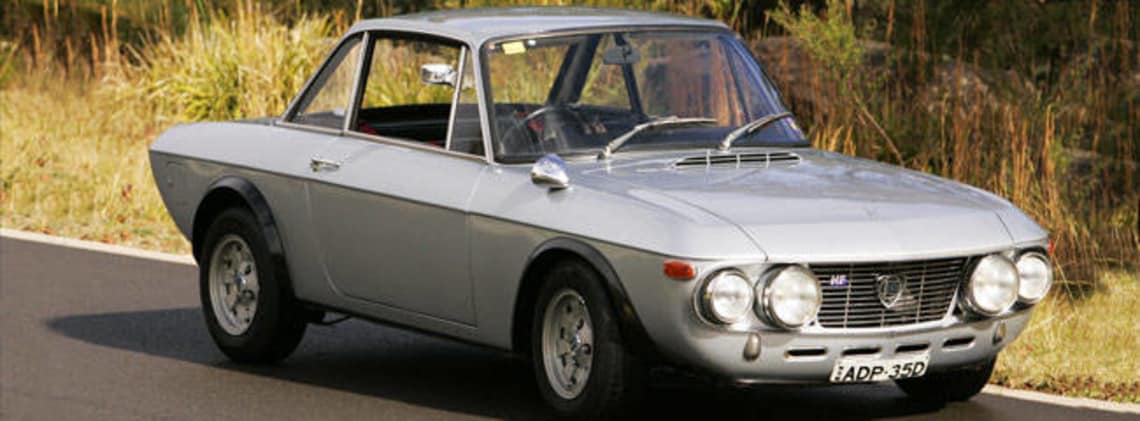
My Lancia Fulvia 1600cc V4 HF

Tony Kovacevic purchased his own Lancia Fulvia 1.6 HF Coupe in 1996, which he has since restored (shown above).
You can always flaunt something obvious like a Rolex, but if you want the respect of the few who really know, you'll have a nice, quiet and stylish IWC. The Lancia Fulvia was famous but not very popular in its time; a step forward from Fiat, a step away from Alfa Romeo. It was the model that perpetuated Lancia's history of innovation and racing success.
The Turin brand introduced such novelties as a monocoque body, an independent front suspension, a five-speed manual transmission, serial V6 and V4 engines. It was retained in right-hand drive (then a hallmark of a prestige car) until the 1950s. The dashing Fulvia, owned by Formula One in that decade, added Lancia to world rally titles.
Nevertheless, Lancia has always remained, especially in this country, something of a cult brand, whose merits and prestige were appreciated by such real enthusiasts as former Prime Minister Malcolm Fraser.
“He used to fly his helicopter at the Lancia rally,” says Kovacevich. “We have a big show every two years and that draws them in from America, the UK and New Zealand.”
The Lancia charm remains strong for those in the know. And at Shannons Insurance, Kovacevic knows his venerable, expensive cars.
“It's not a popular brand. But in 1996, when the list of the 100 most influential cars was compiled to celebrate the first 100 years of the automotive industry, six different Lancia models were included. This is more than any other manufacturer. This sense of innovation and history is very appealing,” he explains.
Kovacevich, president of the Lancia Auto Club in New South Wales, considers the 1600cc V4 HF one of the marque's jewels.
“HF is a pretty rare car,” he says. “They only built about 1250 HFs and most likely 200 of them were right hand drive. When they first came out, it was a pretty cool machine, with mag wheels, fiberglass sleeves, 10.5:1 engine compression. Pretty powerful. It was built as a special homologation that would allow Lancia to race in the European and World Rally Championships.”
Accordingly, the copy, acquired by Kovacevich in 1996, actively participated in the races. “I had a history with Fiats, I had more than 30 of them,” he says. “I decided to switch to something more refined and interesting, but still Italian. I love Italian cars."
In 2000, Kovacevich thoroughly restored the bodywork of Lancia. Now the gleaming silver HF is an integral part of the club circuit, including the biennial rally, which draws competitors from the US and UK. “I drove it to Castlemaine in Victoria where the Lancia rally takes place. I have driven it to Queensland twice and every small local run we have,” he says.
“It's powerful. It has a lot of torque so you just step on the pedal and it goes. The engine in my car's engine was modified for competition. It has big brakes and the windshield is the only glass in the car. The cars came from the factory with aluminum trunks and doors, so they were pretty light. At one time it was quite advanced: disc brakes on four wheels, five-speed mechanics. And it was quite expensive - about twice as expensive as Holden at the time."
And that applies to the Holdens today, given the price a new Commodore Omega hits the fleet. “We recently sold Fulvia to Shannons for $53,000. I see them being advertised in Europe for €50,000 which is a bit more, but in Australia it will be between $50,000 and $60,000.”
This will be much more than the new Lancia Delta if the brand decides to reopen in Australia. “Delta has arrived in Europe and management says they're looking to get back into the RHD market,” Kovacevich adds. "This right-hand drive thing goes back to Roman chariots - the driver was always on the right."